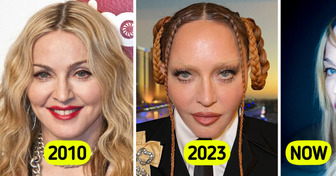10 People Reveal Truly Creepy Stories About Their Ex

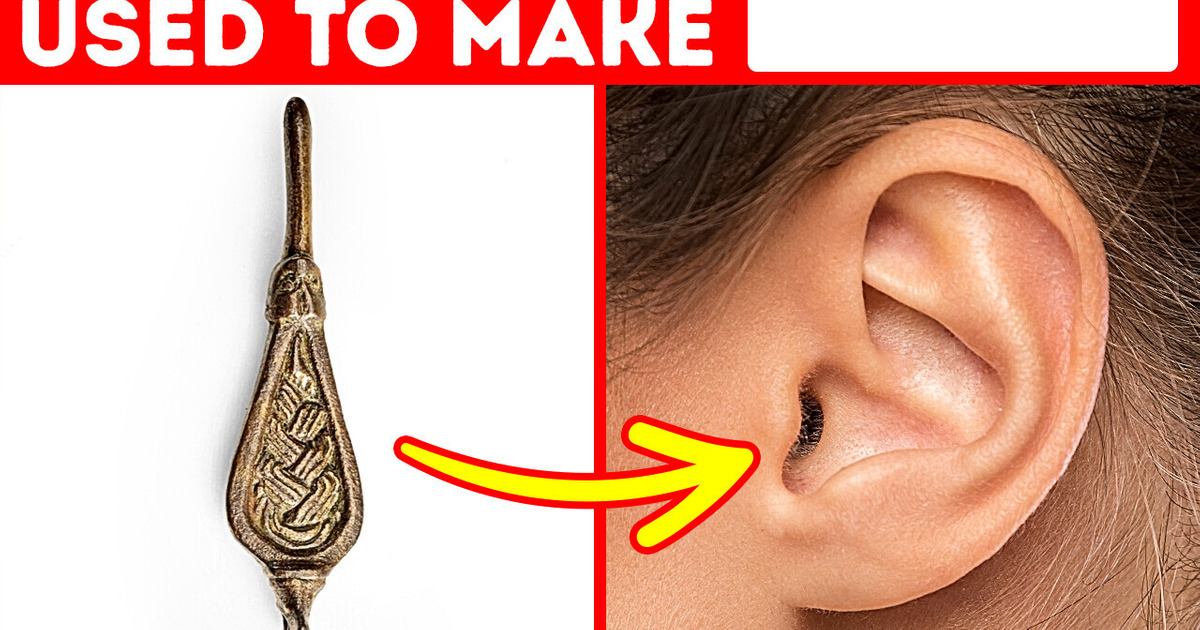
None of us have lived in the Medieval times, including me, and, I have to say, lucky us. People back then would just not believe many products we use today. And we don’t even realize how hard our life would be without the simplest things we take for granted today. Let’s dive into the life of the Middle Ages, and you’ll see for yourself.
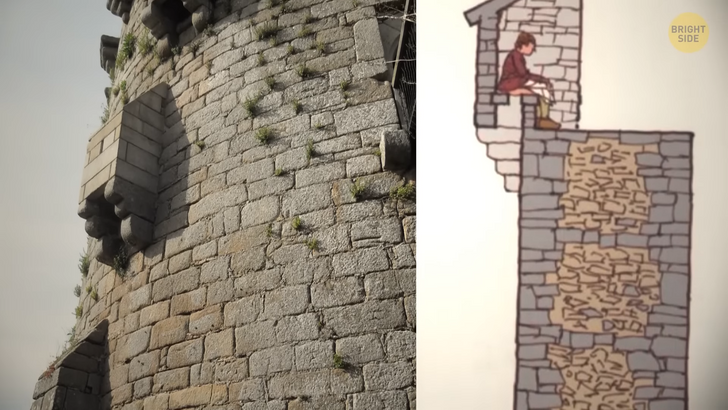
Now, if we had a time machine and actually traveled to a medieval city, probably the first thing we would notice would be the odor and not the good kind. You see, back in the day there were no sewage systems in the cities, and people had no place to dump their waste. So, they would get rid of it by spilling and throwing everything out of the window. Out of sight, out of mind. So yes, don’t walk under any windows, unless you’re honestly prepared to be showered in waste.
Ooh! Since there was no sewage system, there were no private bathrooms in the houses and apartments either. The indoor restroom was a simple jug, often emptied on the street, or, in the best case, washed in a nearby river. Public bathrooms were a thing though, but here’s the catch again — back in the day, there was no TP. Richer people could afford to use pieces of cloth, but commoners were mostly just using straw. Now I realize that I never appreciated toilet paper enough.
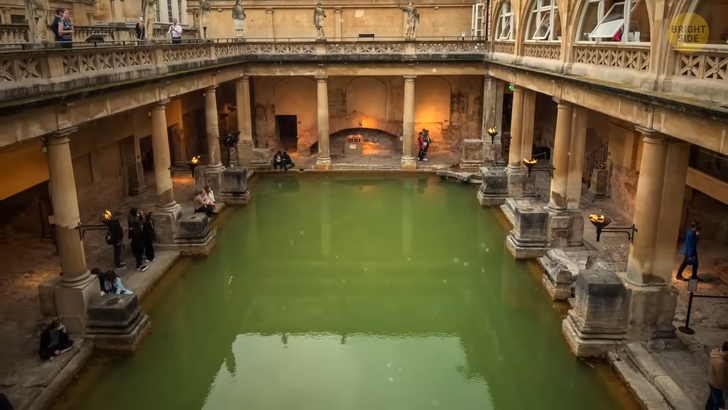
Close to the end of the Middle Ages, bathhouses became quite common. There were no separate entrances for men and women, so some days were women’s bath days, and others were men’s bath days. In small towns, the bathhouses were often adjacent to bakeries — the warmth from the oven was useful to heat the water, so that was a very smart choice of location. Still, people weren’t big fans of public baths, and the stigma around nudity wasn’t helping much to make this ritual a norm. So, even though the people from medieval times were doing the best they could in the circumstances to keep themselves clean, bathing wasn’t a regular occurrence.
Now, what about laundry? Also, not too often. Without washing machines, all laundry was, of course, done by hand in rivers, streams, or some other sources of water — whatever was available. It was taking a lot of time, so the rule is; less laundry — fewer problems. So, back then, people preferred to wear undergarments covering all of their bodies, so they only had to clean those and avoid cleaning the outerwear as much as possible.
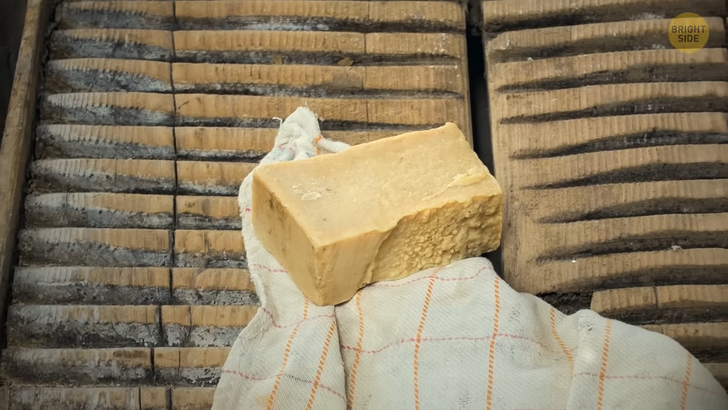
Now, there wasn’t even such a simple thing as soap, not to mention detergents and fancy-smelling add-ons. The soap was homemade — mostly, lye solutions made from ashes or harsh black liquid soap. If there were stains that needed bleaching, the laundry would have to soak in lye for hours before being taken to the river to wash. There, it was rinsed, beaten with a paddle, rinsed again, and then spread out in some field to let it dry, hoping that it doesn’t rain.
Okay, I’ve had enough here. Let’s move up north, to Scandinavia. Vikings are often portrayed as dirty and ungroomed savages, but, it turns out, they were at least one of the cleanest groups of people in the Middle Ages, if not the cleanest and best groomed. While Anglo-Saxons were taking a bath once or twice a year, the Vikings were having it every Saturday. They had an opportunity to do this because they were surrounded by natural hot springs — a privilege many medieval Europeans didn’t have. The Vikings were taking their hygiene seriously even in the little things, by, for example, washing their faces and combing their hair and beards every day.
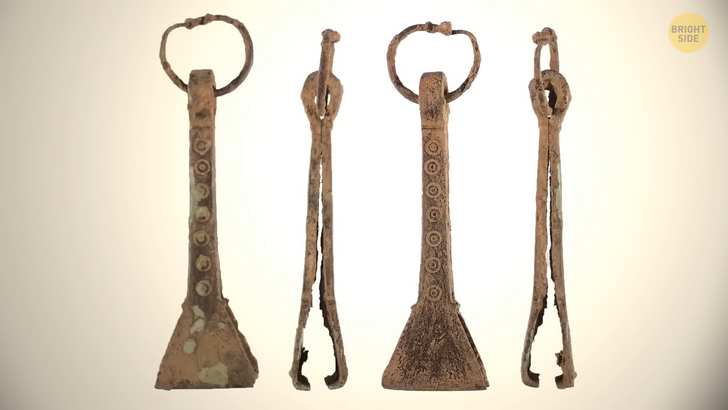
They owned a bunch of grooming items, like tweezers, razors, and combs made of animal bones and antlers. Every Viking had their personal comb that they would carry in a wooden case to protect its teeth. The comb would even be customized and decorated personally by the owner. There was also another item called an ear spoon that Vikings had. It looked similar to this and served two main purposes: to remove wax from the ears and clean the nails. Most often, the ear spoon was attached to a chain and carried around the neck.
Even in modern days, no one carries cotton swabs with them, but it seems like the Vikings felt the need to have one of those at all times. After all, quite often they were referred to as cleaning freaks. I think they would be obsessed with a modern wireless ear-cleaning tool of the modern days, like this one you can find on Amazon. Clever product placement, eh? The Vikings were also obsessed with their beards, and they made sure to take good care of them. They were washing it with soap that contained lye, which was bleaching the hair and beards (blonde was very fashionable among Vikings), and also was repelling lice.
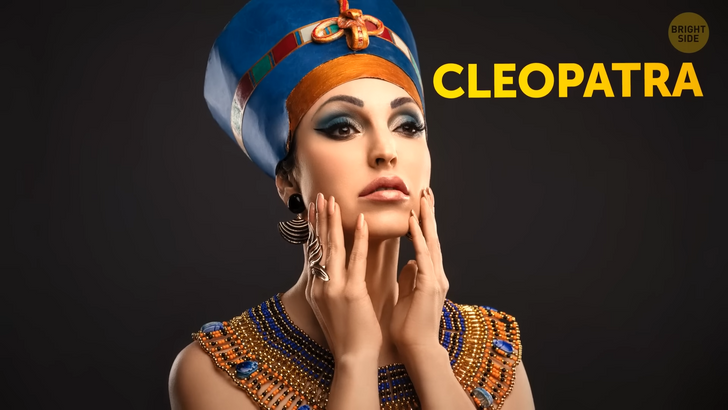
Throughout history, people have been looking for ways to look pretty. In ancient Egypt, Cleopatra was wearing blue eyeshadow on the upper eyelid, and green on the lower eyelid. There was also nail polish, which was made from henna. In medieval times, European women’s relationship with makeup was rather complicated. On the one hand, it was inappropriate for a woman to wear makeup. On the other — they were expected to wear just enough of it to look pretty for their husband. So, blue and green eyeshadow was a no-go, and women had to get creative to find their way in such a contradicting world. So, they would mix roots and berries with fats to make a light rose shade of lipstick that wasn’t too striking. I bet modern-day ---- makeup lipstick palettes would be a life-saver back then.
Beauty standards have been changing throughout history too. Back in the Middle Ages, people found plain and open, oval-shaped faces with small noses, small lips, and high foreheads most attractive. To make the eyes appear deeper, women were using a juice of a poisonous plant called belladonna, which they dropped into their eyes to dilate the pupils. Women who weren’t gifted with an expansive face by nature would do their best to make it look like this. One common strategy was to raise the hairline by plucking the hair out of the scalp. One way to do it was by using tweezers — but it was taking forever, and was also quite painful. So, many would make depilatory creams from plants and rub them in on the hairline with pressure.
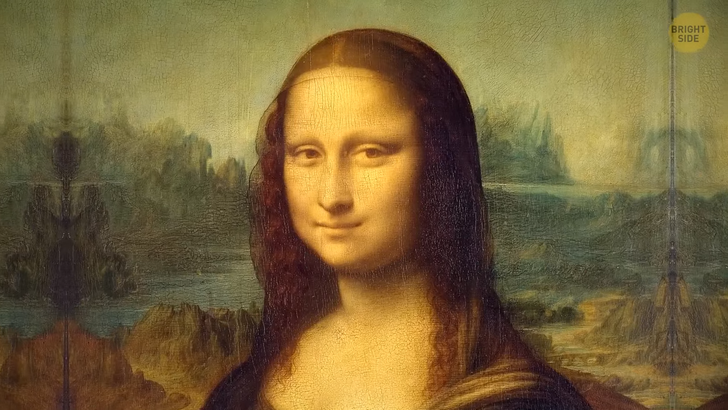
Raised hairline wasn’t yet the end of it — to make the face appear more plain and open, women would also remove their eyelashes and eyebrows. Today, most people don’t shave off their eyebrows completely, but many still shape them so that they look nicer and more defined. Luckily, these days we can take advantage of modern and easy-to-use eyebrow razors, like this one on Amazon. I bet those would make the life of Medieval women way easier, but it’s us who got lucky. By the way, plucked-out eyebrows quite often wouldn’t grow back anymore at some point. So, if a person in the middle ages didn’t want to follow those beauty standards anymore, they would have to turn to alternative ways to get back their eyebrows. Some historians say that one of the most common tricks was to make fake eyebrows using the fur of rodents. So like, Rat Brows?
These days, people in many cultures appreciate the Hollywood smile: pearly white, shiny teeth. In the Middle Ages in Asia, women were doing the opposite: they were blackening their teeth on purpose. To achieve the perfect effect, they were drinking a special tooth dye made from ground garnet, iron, and vinegar two or three times a day. It sounds like a gross mixture, right? Well, medieval women thought so too, so they would also add cinnamon or cloves to make it more bearable. Three times a day, after all! Surprisingly, that mixture caused no harm and was actually even beneficial: apart from giving the teeth that desirable black shade, it was also strengthening them and preventing tooth decay. Well, who would have thought?



